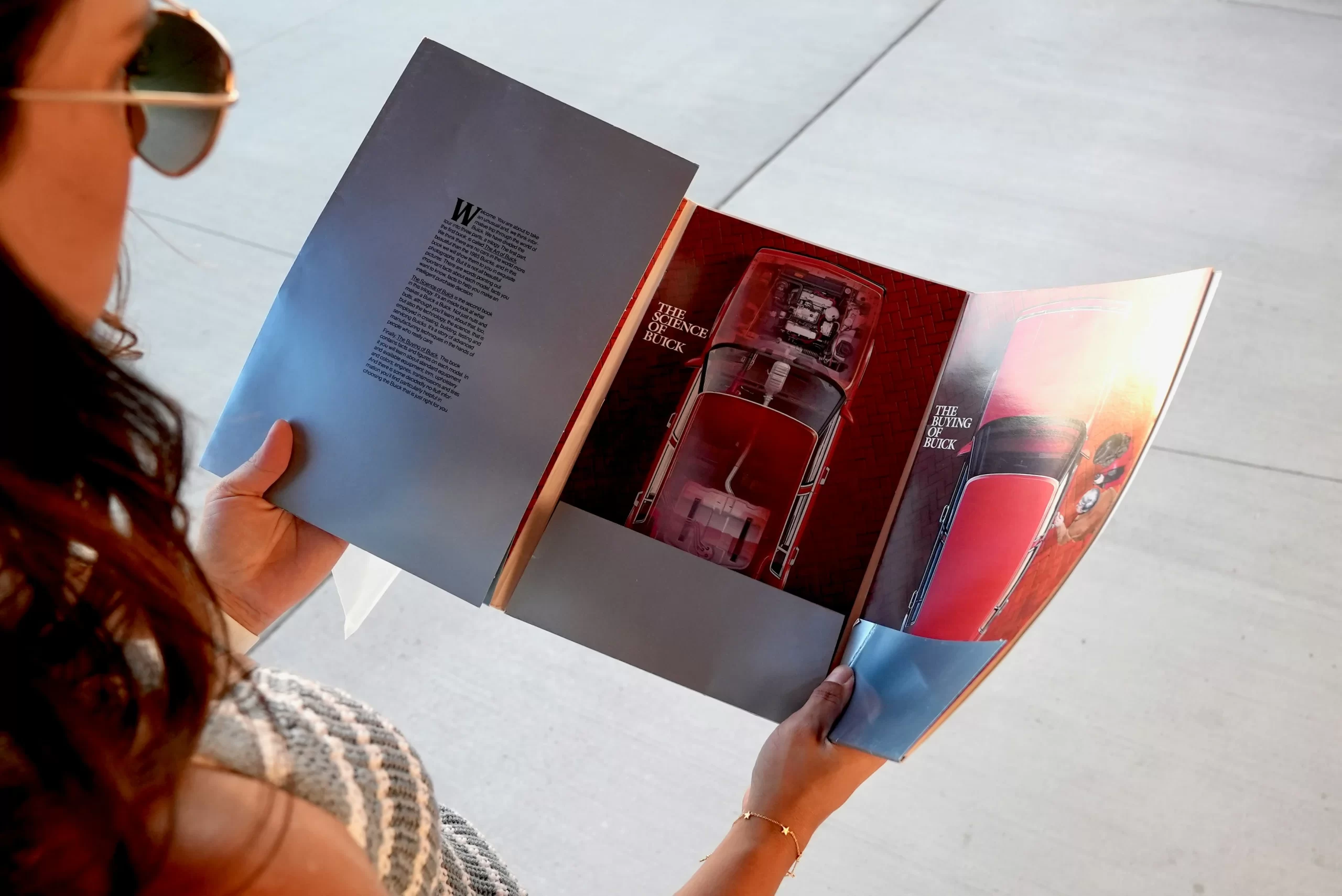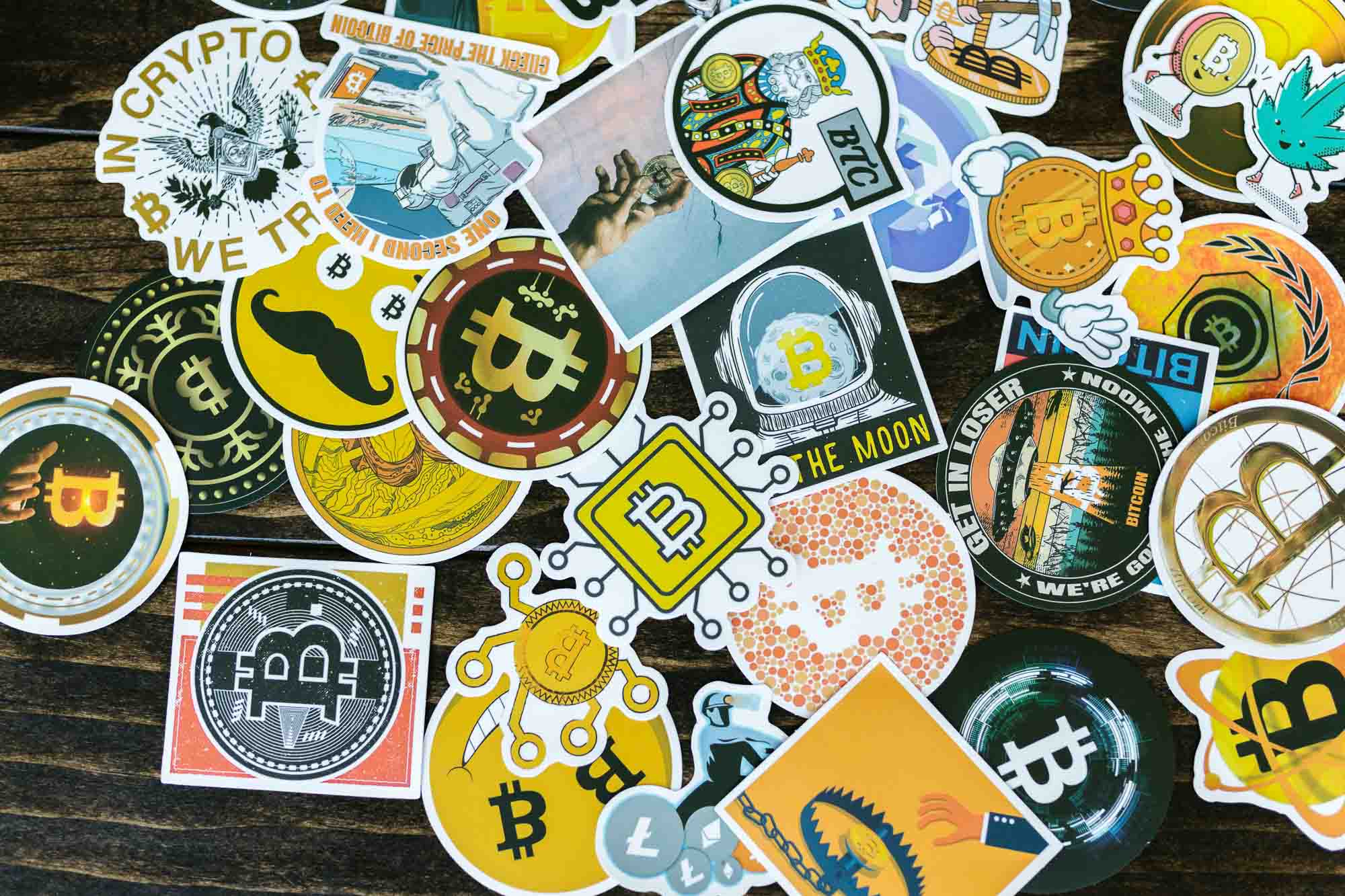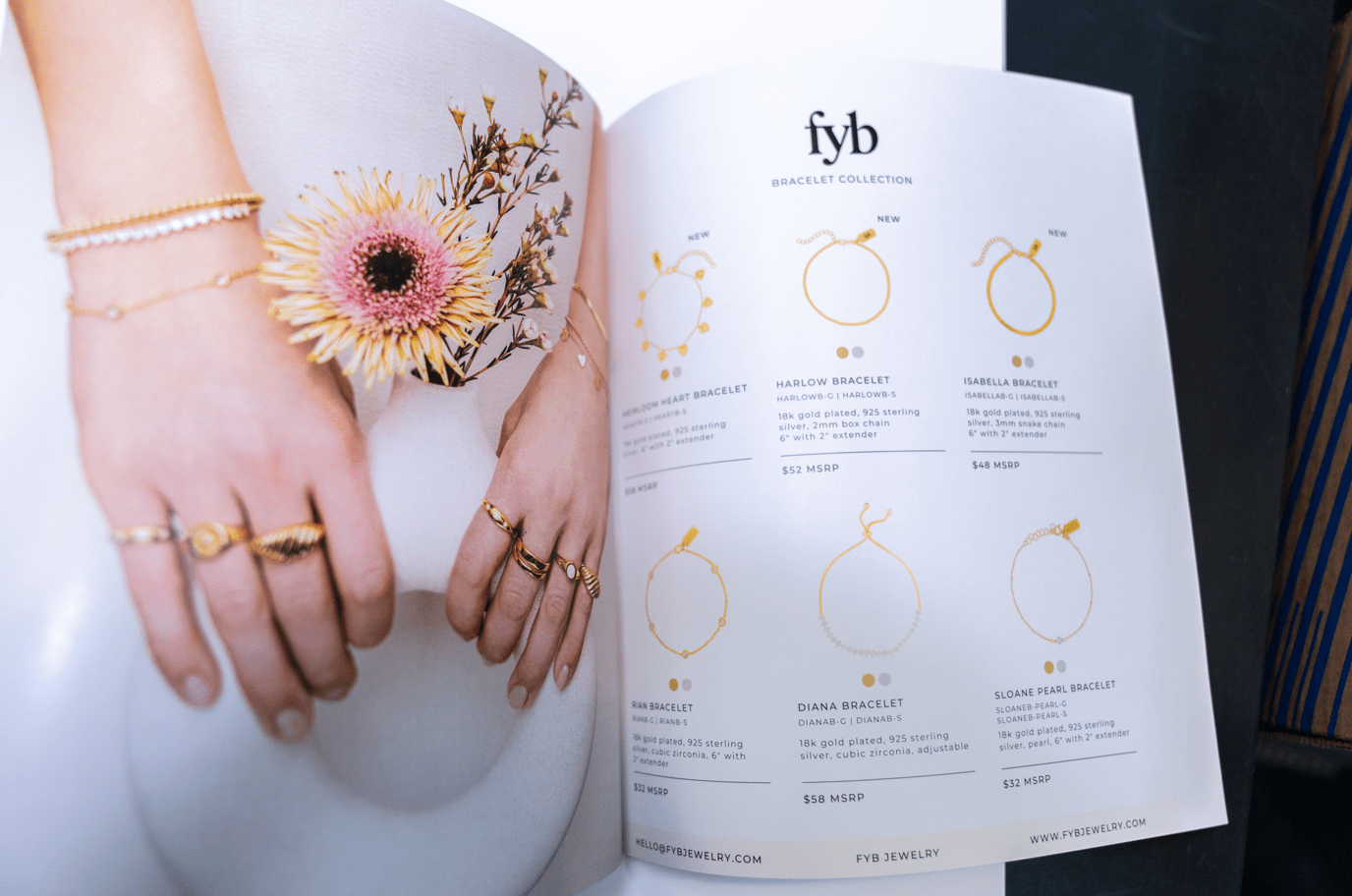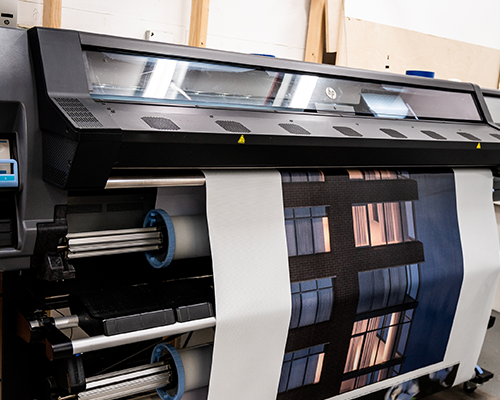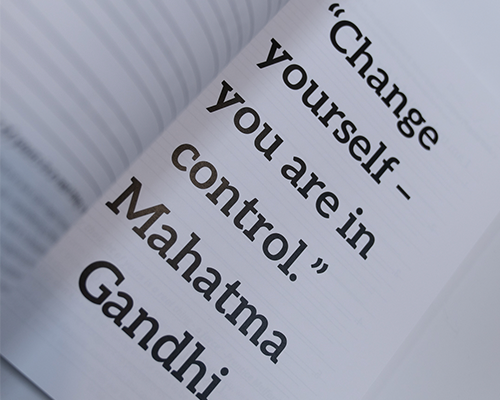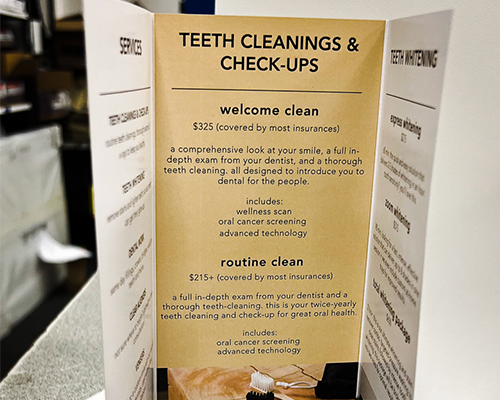Brochures are a powerful marketing tool that can help your business effectively communicate its message, showcase products, and engage potential customers. In this comprehensive guide, we’ll walk you through everything you need to know about buying the perfect brochure from a print shop. Whether you’re a small business owner, a marketing professional, or a non-profit organization, this guide will help you make informed decisions to create impactful brochures.
Understanding Brochure Types
Bi-Fold Brochures
Structure: A bi-fold brochure consists of a single sheet of paper folded in half, creating four panels (two on the front and two on the back).
Uses:
- Corporate Brochures: Present company overviews, services, and contact information.
- Product Guides: Highlight key features and benefits of products with a clean, straightforward layout.
- Event Programs: Provide a schedule of events, speaker bios, and venue information
Benefits:
- Simplicity: Easy to design and read, making it suitable for straightforward presentations.
- Professional Appearance: Gives a polished and organized look.
- Cost-Effective: Generally cheaper to print than more complex folds.
Tri-Fold Brochures
Structure: A tri-fold brochure is created by folding a single sheet of paper twice, resulting in six panels (three on the front and three on the back).
Uses:
- Service Descriptions: Detail multiple services or features, with each panel dedicated to a specific aspect.
- Menus: Perfect for restaurants, listing appetizers, entrees, desserts, and beverages.
- Travel Brochures: Highlight destinations, attractions, and itineraries.
Benefits:
- Versatility: The six panels offer ample space for organizing content into sections.
- Compact: Folds neatly into a standard size, making it easy to distribute and carry.
- Engaging Design: Provides a dynamic layout that guides the reader through the content.
Z-Fold Brochures
Structure: A Z-fold brochure, also known as an accordion fold, consists of a single sheet of paper folded in a zigzag pattern, resulting in six panels (three on the front and three on the back).
Uses:
- Step-by-Step Guides: Ideal for tutorials or instructions that need to follow a sequence.
- Event Maps: Useful for large events, offering a map and schedule on different panels.
- Promotional Handouts: Great for eye-catching promotional materials with multiple points of interest
Benefits:
- Easy Navigation: The zigzag fold makes it easy to flip through the panels, ideal for step-by-step content.
- Distinctive Design: Stands out due to its unique folding pattern.
- Flexible Layout: Can be used for various purposes, from detailed guides to quick references.
Gate Fold Brochures
Structure: A gate fold brochure features two end panels that fold inward to meet in the center, with a larger center panel that unfolds to reveal the main content.
Uses:
- High-End Presentations: Perfect for luxury products or services, giving a sense of exclusivity.
- Invitations: Suitable for events where a dramatic reveal is desired.
- Special Promotions: Ideal for showcasing a featured product or offer with a central highlight.
Benefits:
- High Impact: The unfolding action creates a memorable experience for the reader.
- Central Focus: The central panel can be used to highlight key information or images.
- Elegant Design: Often used for high-end or premium marketing materials.
Accordion Fold Brochures
Structure: Similar to the Z-fold, but with more panels, an accordion fold brochure consists of multiple panels that fold in a zigzag pattern.
Uses:
- Detailed Guides: Ideal for manuals or extensive guides that require multiple sections.
- Travel Itineraries: Perfect for travel companies to outline comprehensive trip plans.
- Event Schedules: Useful for conferences or festivals with multiple activities and locations.
Benefits:
- Extended Content: Provides more space for detailed information compared to other folds.
- Organized Layout: Each panel can represent a different section or topic, making it easy to follow.
- Durability: The multiple folds make it sturdy and less likely to get damaged.
Custom Fold Brochures
Structure: Custom fold brochures are tailored to specific design and functional needs, allowing for unique and creative layouts.
Uses:
- Innovative Marketing: Perfect for brands looking to stand out with unique presentations.
- Interactive Designs: Can include pop-ups, die-cuts, and other interactive elements.
- Special Projects: Ideal for bespoke projects that require a non-standard approach.
Benefits:
- Unique Appeal: Custom folds can make your brochure stand out from the competition.
- Tailored Functionality: Designed specifically to fit your content and marketing objectives.
- Memorable: Creates a lasting impression with a distinctive format.
Choosing the Right Brochure Size: A Detailed Guide
Selecting the appropriate size for your brochure is crucial for effectively conveying your message and fitting the content you plan to include. The size of your brochure can impact its overall design, readability, and the impression it makes on your audience. Here’s a detailed look at the standard brochure sizes and considerations for choosing the right one for your needs.
Standard Brochure Sizes
8.5″ x 11″ (Letter Size)
Description: This is the most common brochure size and is typically used for tri-fold brochures.
Uses:
- Corporate Brochures: Provides ample space for detailed company information, services, and product descriptions.
- Event Brochures: Ideal for outlining event schedules, speaker bios, and venue maps.
- Product Catalogs: Can showcase multiple products with images and descriptions on each panel.
8.5″ x 14″ (Legal Size)
Description: Slightly larger than the letter size, this format offers more space for content.
Uses:
- Detailed Guides: Suitable for instruction manuals, extensive product guides, and educational material.
- Restaurant Menus: Offers more room to list menu items, specials, and promotions.
- Real Estate Brochures: Perfect for showcasing properties with detailed descriptions and high-quality images.
11″ x 17″ (Tabloid Size)
Description: This larger format is often used for bi-fold or larger multi-panel brochures.
Uses:
- Event Programs: Ideal for large events like conferences, festivals, and exhibitions with multiple sessions and activities.
- Promotional Brochures: Excellent for impactful marketing materials that require large images and extensive information.
- Maps and Travel Guides: Provides ample space for maps, travel tips, and destination highlights.
Custom Brochure Sizes
While standard sizes are widely used, custom sizes can be tailored to specific needs and design preferences. Custom sizes are particularly useful when you want your brochure to stand out or fit unique content requirements. Here are a few examples:
- Square Brochures: Unique and eye-catching, perfect for high-end products or creative industries.
- Mini Brochures: Compact and portable, ideal for quick reference guides or pocket-sized maps.
- Large Format Brochures: For impactful presentations and detailed project proposals.
Considerations for Choosing the Right Brochure Size
- Content Volume:
- High Content Volume: Choose larger sizes like 8.5″ x 14″ or 11″ x 17″ to ensure your information is not cramped.
- Low Content Volume: Smaller sizes like 8.5″ x 11″ or custom mini brochures can effectively convey concise messages.
- Purpose and Use:
- Informational: For detailed guides or manuals, opt for larger sizes to provide enough space for text and images.
- Promotional: If the brochure is meant to grab attention at events or as a direct mail piece, a standard 8.5″ x 11″ or a custom size can be very effective.
- Convenience: Consider how the brochure will be used and carried by the audience. Smaller brochures are more portable and easy to hand out.
- Design Aesthetics:
- Visual Impact: Larger sizes allow for more creative freedom with design elements, making a strong visual impact.
- Readability: Ensure the text is legible and not overcrowded. Choose a size that provides a comfortable reading experience.
- Printing Costs:
- Budget: Larger brochures tend to be more expensive to print. Balance your budget with the need for space and impact.
- Quantity: Higher print quantities can reduce the per-unit cost, even for larger sizes.
- Distribution Method:
- Mailing: If you plan to mail the brochures, consider the standard postal sizes to avoid extra mailing costs.
- In-Person Distribution: Larger brochures can be more impactful for in-person events, while smaller ones are easier to carry and distribute.
Selecting the Perfect Paper Type
Picking the Perfect Paper Type for Your Brochure
Choosing the right paper type for your brochure is crucial for creating a professional, impactful piece that effectively communicates your message. The paper type affects the look, feel, and durability of your brochure, so it’s important to select one that aligns with your goals and audience. Here’s a detailed guide to help you pick the perfect paper type for your brochure.
Types of Paper Finishes
- Glossy Paper
- Matte Paper
- Uncoated Paper
Glossy Paper
Finish: Shiny and smooth, providing a reflective surface that enhances color vibrancy.
Benefits:
- Vibrant Colors: Glossy paper makes colors pop, which is great for brochures with a lot of images or colorful graphics.
- Professional Appearance: Gives a polished and high-quality look that grabs attention.
- Durability: Resistant to dirt and fingerprints, keeping your brochure looking clean and new.
Uses:
- Product Catalogs: Ideal for showcasing products with high-quality images to highlight details and colors.
- Event Promotions: Perfect for eye-catching flyers and event brochures that need to stand out.
- Travel Brochures: Great for displaying scenic images and vibrant destinations.
Matte Paper
Finish: Smooth but non-reflective, offering a more subdued and elegant look.
Benefits:
- Professional Look: Provides a sophisticated, high-end appearance that’s easy on the eyes.
- Readability: The non-glossy finish makes text easier to read, reducing glare and reflections.
- Fingerprints: Less prone to showing fingerprints and smudges, keeping your brochure looking pristine.
Uses:
- Corporate Brochures: Ideal for business presentations, company profiles, and professional services.
- Educational Materials: Perfect for guides, manuals, and informational brochures that prioritize readability.
- Menus: Excellent for restaurant menus where readability and a professional look are essential.
Uncoated Paper
Finish: Natural texture with no coating, giving a more tactile feel.
Benefits:
- Writable: Easy to write on, making it ideal for forms, note-taking, or personalized messages.
- Natural Look: Provides a classic and organic feel that can be more approachable and friendly.
- Cost-Effective: Typically cheaper than coated papers, making it a budget-friendly option.
Uses:
- Forms and Applications: Perfect for brochures that require the recipient to fill out information.
- Educational Handouts: Great for informational pamphlets, study guides, and manuals.
- Community Flyers: Ideal for local events, announcements, and other community-related materials.
Paper Weight Considerations
The weight of the paper, measured in GSM (grams per square meter), affects the durability and feel of your brochure. Here are some common paper weights and their best uses:
- 80-100 GSM: Lightweight paper, similar to standard printer paper. Best for informational flyers, bulk mailings, and handouts.
- 120-170 GSM: Mid-weight paper, offering a balance between durability and flexibility. Ideal for standard brochures, product guides, and event programs.
- 200-250 GSM: Heavyweight paper, providing a sturdy and premium feel. Perfect for high-end brochures, product catalogs, and important presentations.
- 300+ GSM: Cardstock, very thick and durable. Suitable for covers, special invitations, and premium promotional materials.
Specialty Paper Options
- Recycled Paper
- Textured Paper
- Laminated Paper
Recycled Paper
Description: Made from recycled materials, offering an eco-friendly option.
Benefits:
- Eco-Friendly: Reduces environmental impact, appealing to environmentally conscious consumers.
- Natural Texture: Often has a unique, slightly rough texture that adds character.
Uses:
- Eco-Conscious Brands: Perfect for companies that want to highlight their commitment to sustainability.
- Community Events: Great for brochures promoting environmental initiatives or local events.
Textured Paper
Description: Features a distinctive texture, such as linen, laid, or felt, adding a tactile element.
Benefits:
- Unique Feel: Provides a tactile experience that can make your brochure stand out.
- High-End Appearance: Adds an element of luxury and sophistication.
Uses:
- Luxury Products: Ideal for high-end product brochures, luxury services, and premium invitations.
- Creative Industries: Perfect for art galleries, design studios, and creative businesses.
Laminated Paper
Description: Coated with a thin plastic layer, adding extra durability and a glossy or matte finish.
Benefits:
- Durability: Resistant to water, tearing, and general wear and tear, making it long-lasting.
- Enhanced Finish: Available in both glossy and matte finishes, enhancing the appearance and feel.
Uses:
- Menus: Ideal for restaurant menus that need to withstand frequent handling.
- Outdoor Brochures: Perfect for brochures that will be used outdoors or in environments where they may get wet.
Understanding Printing Techniques: A Detailed Guide
Choosing the right printing technique is crucial for ensuring the quality and effectiveness of your brochures. Different techniques offer varying levels of detail, color fidelity, and cost-effectiveness, which can significantly impact the final product. Here’s an in-depth look at the main printing techniques and their best uses.
Digital Printing
Process: Digital printing involves creating an image or document on a computer and sending it directly to the printer. This method uses laser or inkjet printers, which apply toner or ink to the paper.
Benefits:
- Quick Turnaround: Digital printing is faster than traditional methods, making it ideal for tight deadlines.
- Cost-Effective for Small Runs: Best suited for smaller quantities, as it doesn’t require setup costs associated with plates.
- Variable Data Printing: Allows for easy customization of each printed piece, perfect for personalized marketing.
Best For:
- Short Runs: Ideal for projects requiring fewer copies, typically under 1,000 units.
- Personalized Materials: Great for direct mail campaigns where each brochure needs to be customized.
- Prototyping: Useful for creating samples and proofs before committing to larger runs.
Offset Printing
Process: Offset printing involves transferring an image from a plate to a rubber blanket, then onto the paper. This indirect method ensures high-quality prints with consistent results.
Benefits:
- High Quality: Produces sharp, clean images with accurate color reproduction.
- Cost-Effective for Large Runs: The initial setup costs are higher, but the per-unit cost decreases significantly with larger quantities.
- Versatile: Can print on a wide range of paper types and sizes.
Best For:
- Large Runs: Economical for high-volume printing, typically over 1,000 units.
- High-Quality Prints: Ideal for projects where quality is paramount, such as luxury brochures and detailed images.
- Consistent Results: Ensures uniformity and consistency across all printed materials.
Letterpress Printing
Process: Letterpress printing involves pressing inked plates or type onto paper, creating an indented impression. This traditional method offers a tactile and distinctive finish.
Benefits:
- Unique Texture: Creates a debossed effect, adding a tactile element to the design.
- High-Quality Feel: Conveys a sense of craftsmanship and luxury.
- Durability: The thick, textured paper often used is durable and long-lasting.
Best For:
- High-End Invitations: Perfect for wedding invitations, luxury event brochures, and bespoke announcements.
- Special Editions: Suitable for limited edition prints and collectible items.
- Branding Materials: Great for business cards and stationery where a premium look is desired.
Screen Printing
Process: Screen printing involves pushing ink through a stencil (or screen) onto the paper. Each color requires a separate screen, making it a multi-step process.
Benefits:
- Vibrant Colors: Produces bold, opaque colors that stand out.
- Versatile Substrates: Can print on a variety of materials, including paper, fabric, and plastic.
- Durable Prints: The thick ink layers are long-lasting and resistant to fading.
Best For:
- Posters and Art Prints: Ideal for artwork and promotional posters with bright, vivid colors.
- Specialty Brochures: Perfect for brochures on unconventional materials or with unique finishes.
- Branded Merchandise: Great for printing on items like t-shirts, tote bags, and other promotional products.
Flexography
Process: Flexography uses flexible relief plates to print on a variety of substrates. It’s similar to letterpress but uses a rotary printing process.
Benefits:
- High-Speed Printing: Capable of rapid production, suitable for large runs.
- Wide Range of Substrates: Can print on materials like plastic, metallic films, cellophane, and paper.
- Efficient for Packaging: Often used for printing on packaging materials and labels.
Best For:
- Packaging Brochures: Ideal for brochures that will be used as inserts in packaging.
- Labels and Tags: Great for product labels, tags, and other packaging elements.
- Large Runs: Cost-effective for high-volume production runs.
Gravure Printing
Process: Gravure printing involves etching the image onto a cylinder, which is then used to transfer ink onto the paper. This technique is known for its high-quality reproduction of images.
Benefits:
- Excellent Image Quality: Produces high-resolution images with rich color depth.
- Durability: The engraved cylinders are durable and can be used for long print runs.
- High-Speed Production: Suitable for large-scale printing with consistent quality
Best For:
- High-End Catalogs: Ideal for detailed product catalogs and brochures with high-quality images.
- Magazines and Publications: Perfect for high-volume magazines, inserts, and similar materials.
- Luxury Marketing Materials: Suitable for premium brochures where image quality is crucial.
Digital vs. Offset Printing: A Comparison
Digital Printing:
- Setup Time: Minimal, fast turnaround.
- Cost: Lower initial cost, higher per-unit cost for large runs.
- Flexibility: Easy to customize and print on demand.
- Quality: Excellent for small to medium runs but may not match offset for large-scale projects.
Offset Printing:
- Setup Time: Longer due to plate preparation.
- Cost: Higher initial cost, lower per-unit cost for large runs.
- Flexibility: Less suited for variable data printing.
- Quality: Superior for large runs with consistent, high-quality results.
Design Tips for Impactful Brochures
- Clear Message: Ensure the content is concise and communicates the main points effectively.
- Visual Hierarchy: Use headings, subheadings, and bullet points to guide the reader’s eye.
- High-Quality Images: Use sharp, high-resolution images to maintain professionalism.
- Consistent Branding: Match the brochure design with your brand’s colors, fonts, and overall style.
- Call to Action: Include a clear call to action to direct the reader on what to do next.
Essential Printing Tips
- Proofreading: Double-check all text for errors before printing.
- Bleed Area: Include a bleed area in your design to avoid white edges.
- Paper Weight: Choose a suitable paper weight (measured in GSM – grams per square meter) depending on the brochure’s purpose.
- Color Mode: Design in CMYK color mode, as it’s used for printing.
Effective Distribution Methods
- Direct Mail: Sending brochures directly to potential customers.
- In-Store: Displaying brochures in stores or offices.
- Events: Handing out brochures at trade shows, conferences, or other events.
- Partnerships: Distributing through partnerships with other businesses.
Cost Factors to Consider
- Quantity: Higher quantities typically reduce the cost per unit.
- Paper Type and Weight: Premium papers are more expensive.
- Finishing Options: Adding gloss, matte lamination, or UV coating increases costs.
- Design Complexity: More complex designs may incur additional design costs.
Environmental Considerations
- Recycled Paper: Using recycled paper for eco-friendly printing.
- Soy-Based Inks: Opting for soy-based inks, which are less harmful to the environment.
- Green Printing Companies: Choosing printers with sustainable practices.
Conclusion
Choosing the right brochure for your business involves understanding various types, sizes, paper choices, and printing techniques. By following this guide, you can create brochures that effectively communicate your message and engage your target audience. Whether you need a simple bi-fold brochure or a detailed accordion fold, the right choices will help your business stand out and make a lasting impression.
For high-quality brochure printing, contact Unique Print NYC and take your marketing materials to the next level!
This blog post is brought to you by Unique Print NYC, your trusted partner in creating stunning brochures and other print materials. Visit our website to learn more about our services and get a quote today.


